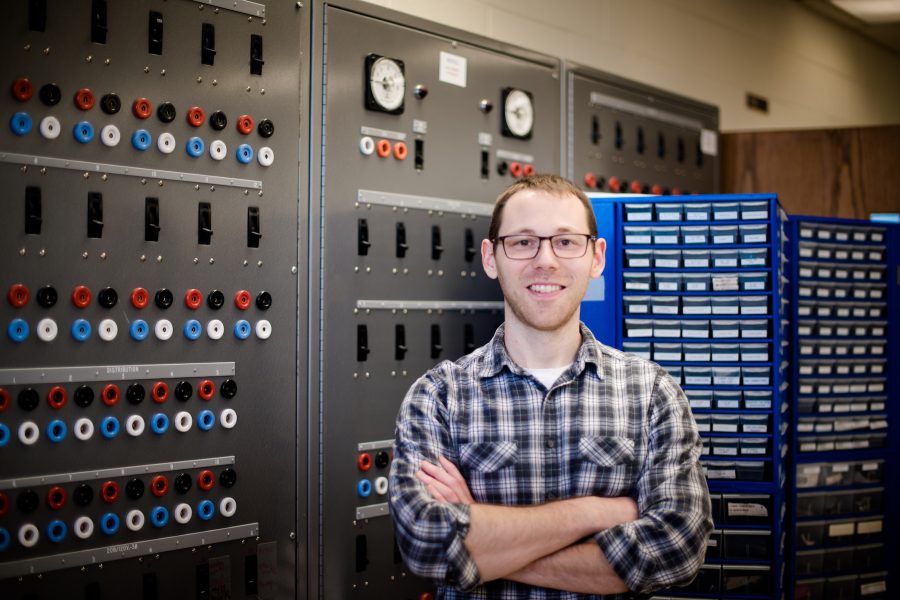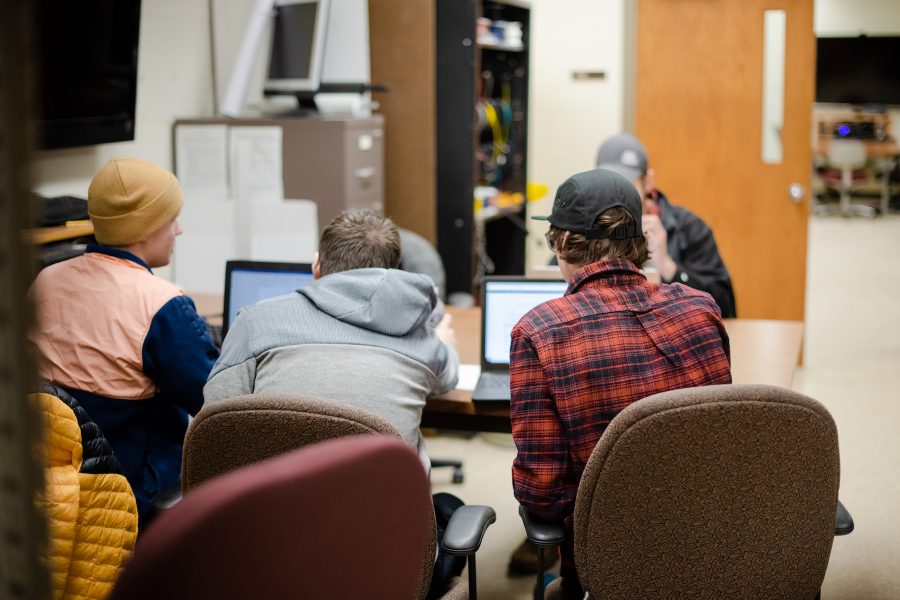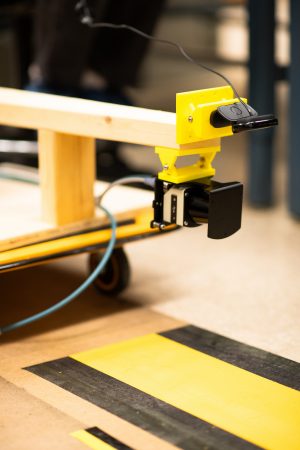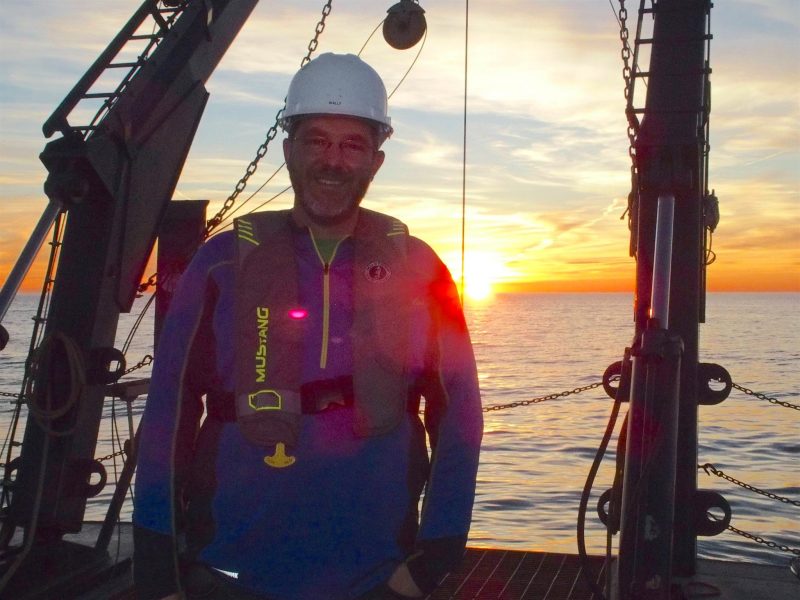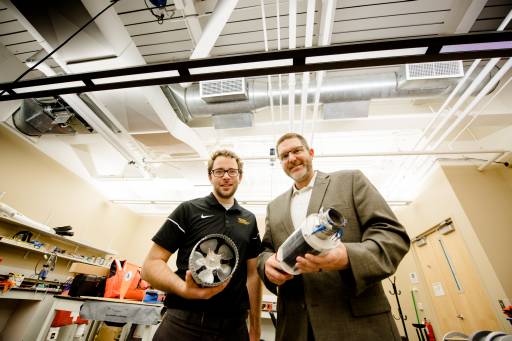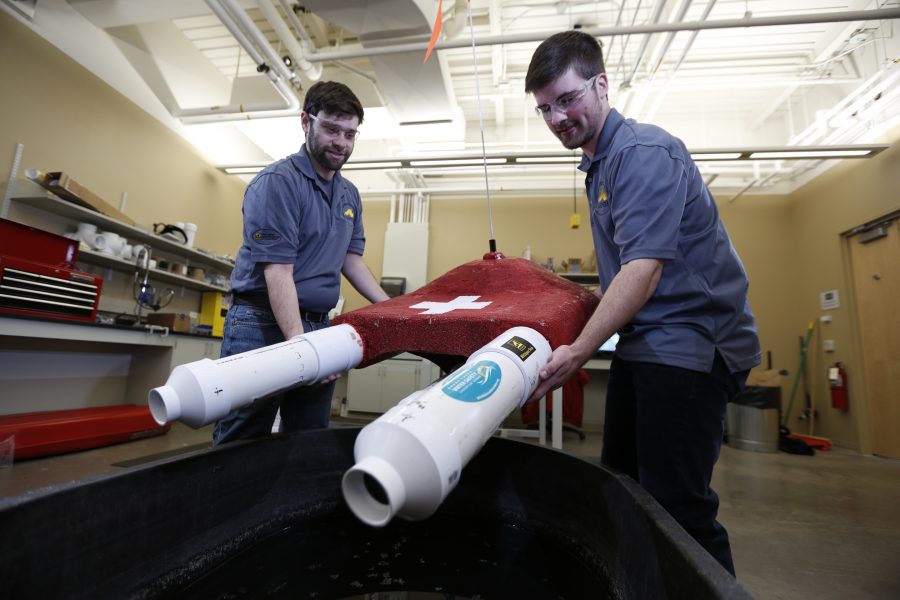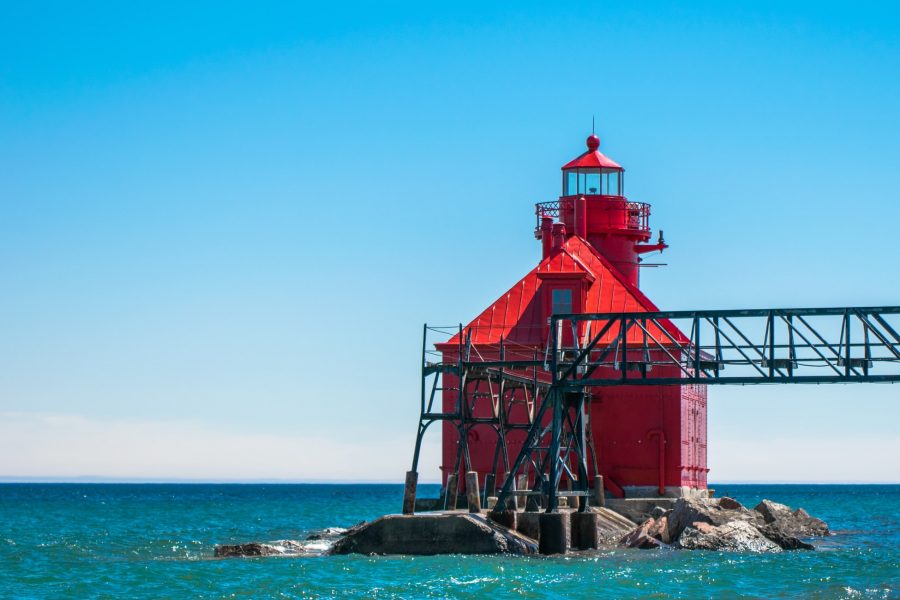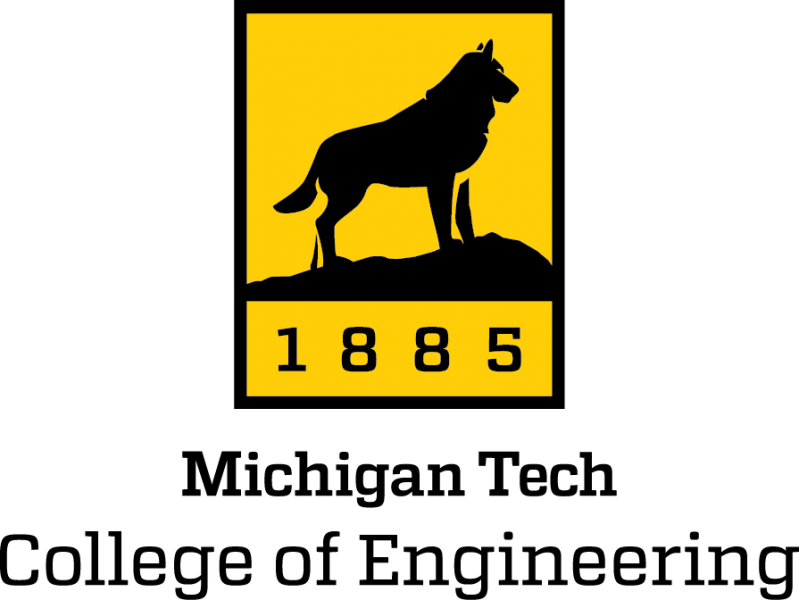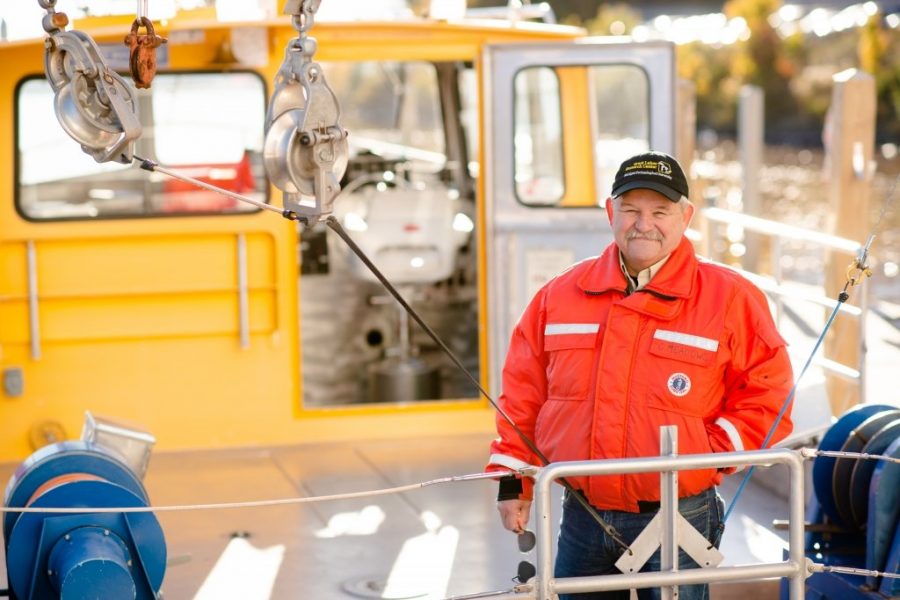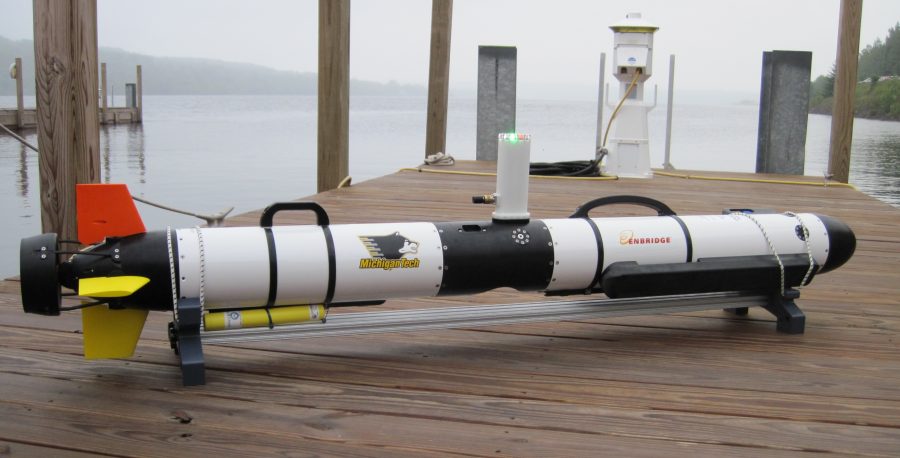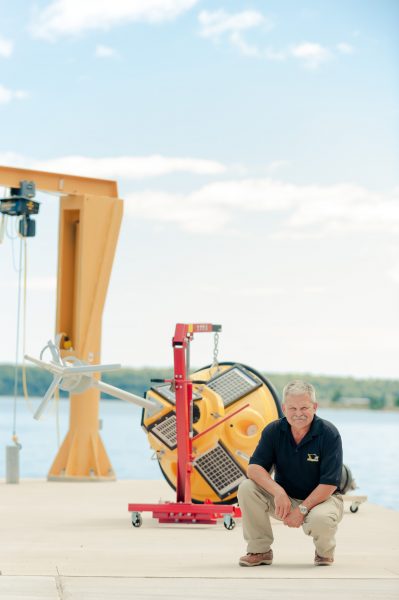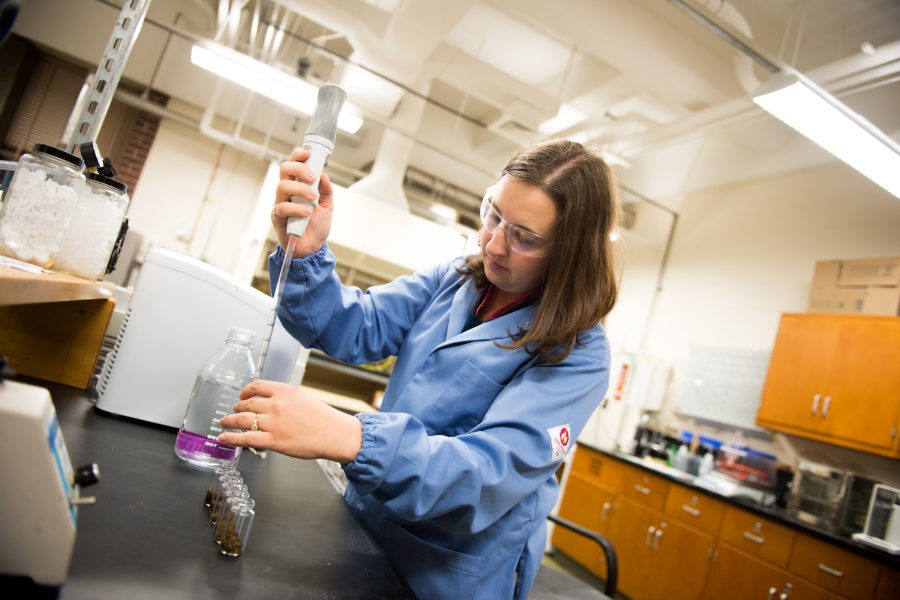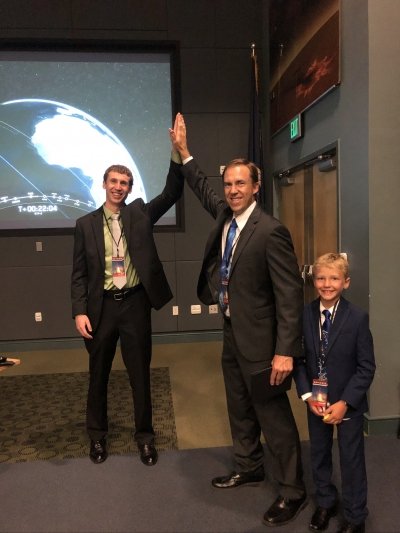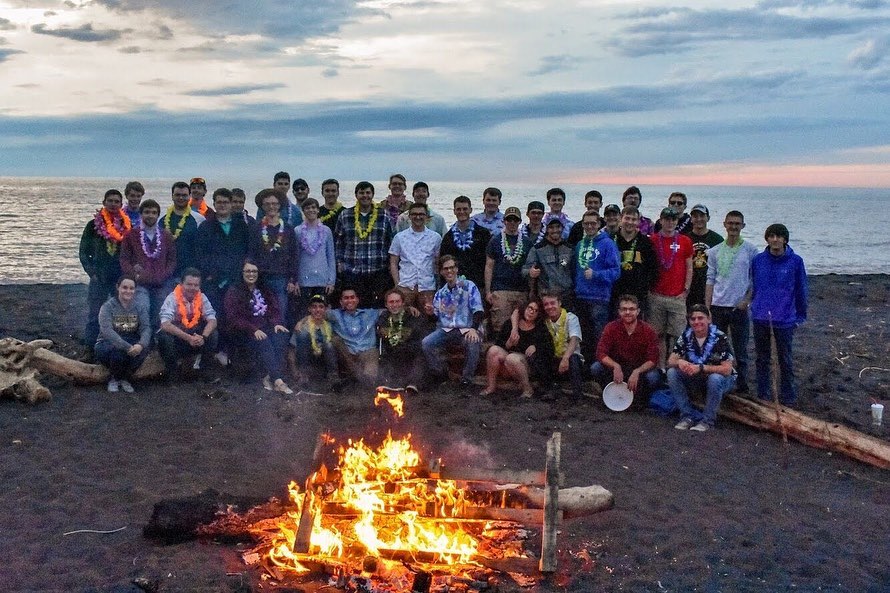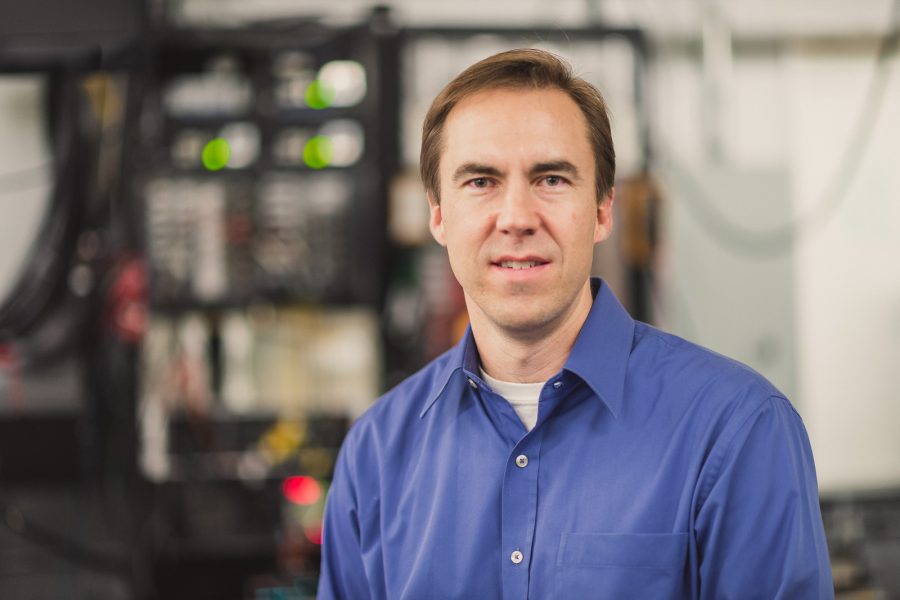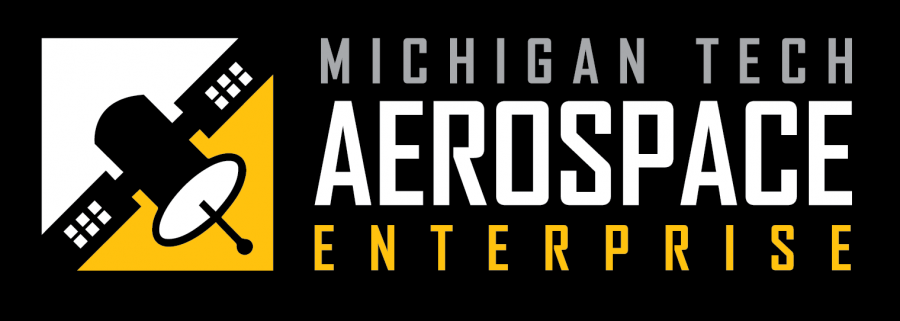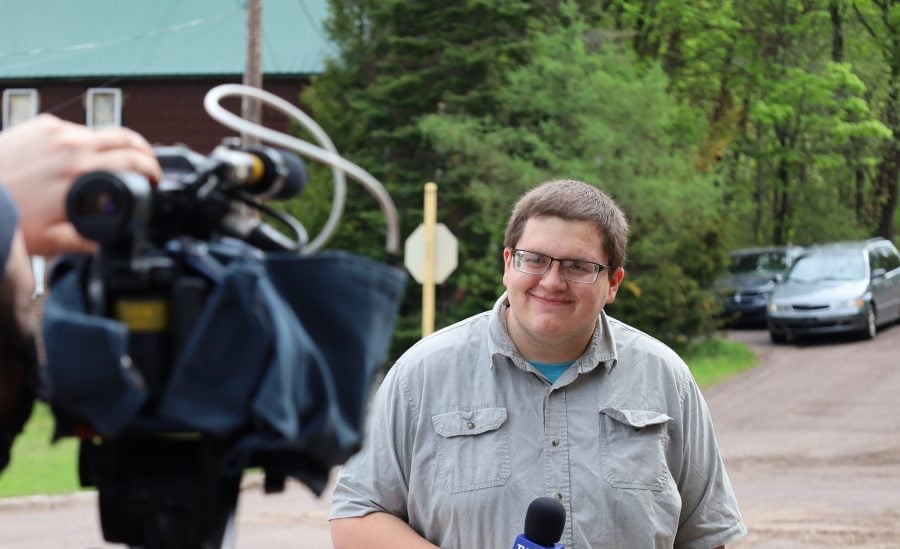
COVID-19 has changed the lives of so many. For one Michigan Tech civil engineering undergraduate student, COVID-19 shaped his life in a way never imagined.
Originally from Monroe, Michigan, Darian Reed came to the UP to pursue a degree in civil engineering at Michigan Tech and a career in the construction industry. Feeling a strong connection to the local community, this year Reed began volunteering his time and talents near campus, with Superior Search and Rescue. His contributions gained the recognition of Chris VanArsdale, a civil engineering alumnus and current doctoral student, who serves as the emergency management coordinator for both Houghton and Keweenaw counties.
Needing to staff emergency response activities for both counties, VanArsdale asked Reed to serve as Logistics Section Chief—and Reed jumped at the chance. In this new role he receives resource need requests from local organizations, including hospitals and nursing homes. He submits their resource requests to the State, who will approve or deny the requests for masks, thermometers and other essential resources in the fight against COVID-19.
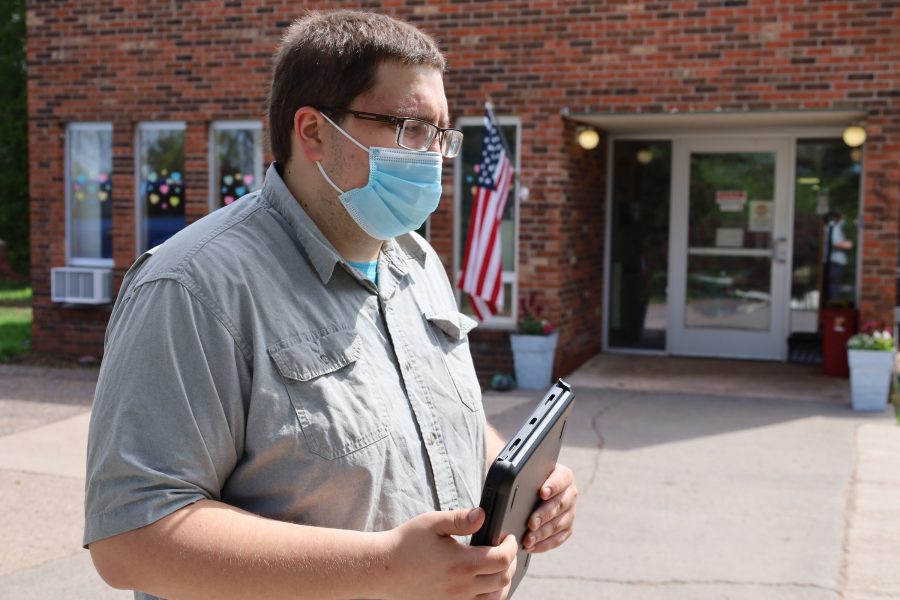
Reed also handles regional donations, including the 3D printed face shields printed at Michigan Tech. “I get to be the Santa Claus of the area, distributing the resources to all the requesting organizations,” says Reed. “I am happy to share that the State of Michigan has been able to fulfill requests for many resources to date, with gowns and no-touch thermometers as some of the few exceptions. This is great news for our community.”
Reed is now on the last leg of a long (and sometimes slow) process of requesting supplies. A local health care provider or non-profit first requests resources from the emergency manager, the supplies they cannot find or obtain themselves. These requests are entered into the State of Michigan’s online portal called MICIMS (Michigan Critical Incident Management System). As resources become available, they are shipped to Marquette, which is the central receiving hub in the UP. From there, resources are sorted by county and shipped to a regional hub (Greenland in the case of five counties in the Western UP Health Department’s area of responsibility). The National Guard breaks down these shipments and transports them to each county. At that point, it becomes the county’s responsibility to distribute the requested resources. That’s where Reed comes in.
Best of all for Reed, the experience has illuminated an entirely new career path. Because of his experiences this summer, his career goals have changed—from construction to emergency management. He still plans to complete his degree in Civil Engineering.
“The civil engineering skills I learned from my classes at Tech and my co-op experience with Kiewit last fall served me well. Managing construction crews and working with a variety of government agencies both have helped me to develop an important skill set.”
Reed is already on his way, completing several FEMA emergency management courses in his spare time, and taking classes for his Professional Emergency Manager certification. “I’ve been doing the training real-time, by learning online and then implementing what I have learned almost immediately,” he says.
“Through this experience I value the connection I am making with my adopted home more than ever before,” he says. “I also value this opportunity for personal growth.” When asked how others could follow in his footprints, he suggests volunteering for any local community event or with your local first responders. “Volunteers are needed and the more you show up, the more you can do. Great opportunities will come your way!”


